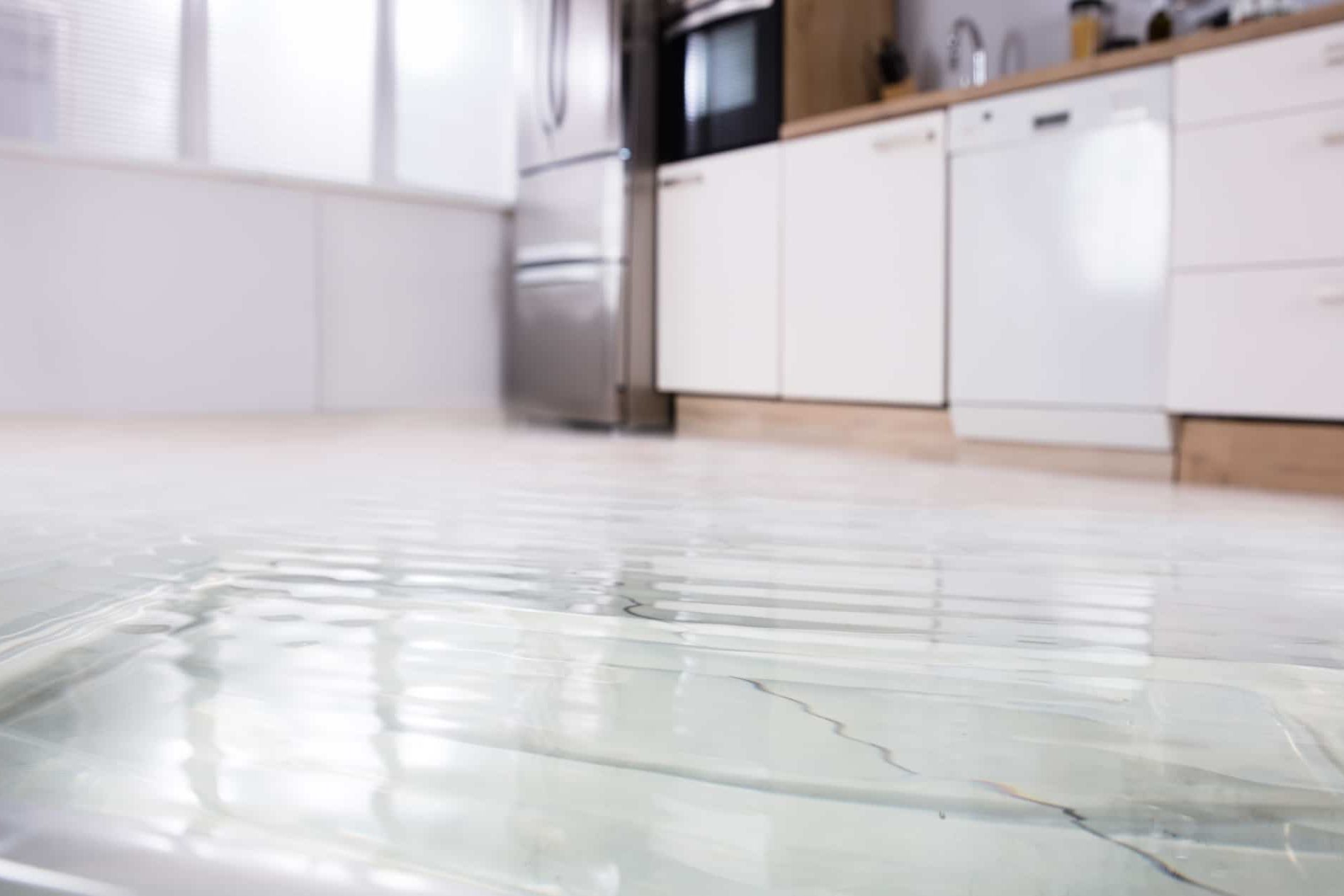Flooding is a devastating experience for a homeowner. Flooding can lead to structural damage, property damage, loss of irreplaceable items, and high repair and restoration costs. When your Idaho home is impacted by a flood, use our guide to know what to do after a flood as well as how to dry out a house after a flood.
Table of Contents
What to Do After a Home Flood
Immediately following a flood in your home, follow these four steps.
1. Find and Stop the Water at Its Source
If the water is coming from your home, shut off the main water valve to stop the flow of water. The sooner water stops flooding into your home, the faster it can be dried.
2. Turn Off the Power
Once the water has been turned off, the next step is to turn off the power to your home. As we all know, electricity and water do not mix, so always keep safety top of mind when turning off the power.
3. Contact a Water Damage Restoration Company
In the aftermath of a flood, you want to act quickly to get your home dried fast. Find an insured and licensed water damage restoration company that has quick response times and offers free on-site estimates.
Tips & Insights: Sewage Backup Causes: 6 Things To Do
Methods Used to Dry Your House After a Flood
When drying a house after a flood, there are three main methods a restoration company will use. After the flooding has stopped, drying the house as quickly as possible is the priority. Mold can begin growing as quickly as 48 to 72 hours after water damage. These three drying methods can help prevent that growth.
Air Movers
The most effective tool for drying a house after a flood is an air mover. In addition to standing water, the water can seep into the drywall, baseboards, and subflooring. High-velocity air movers are designed to accelerate the release of water into the air.
Dehumidifiers
Once the air movers have done their job and the moisture is in the air, dehumidifiers come into play. These advanced pieces of equipment remove the moisture from the air and create the optimal conditions for the house to dry.
Keep windows and doors closed while the dehumidifier is in use since humid outdoor air can reduce the effectiveness of the equipment. In a closed room, a dehumidifier can reduce the humidity to as low as 20%. When the air is that dry, the dehumidifier can remove moisture from the walls and floors.
How Long Does It Take to Dry Your House After a Flood?
The amount of time it takes for your home to dry after a flood will depend on a variety of factors:
- Building materials
- Location of the flood
- How long the water has been standing
- Where the water is sourced
Generally, it takes three to five days for your home to completely dry. It does, however, depend on the conditions.
Even though your carpet may feel dry to the touch, the padding and subfloors underneath could still be wet. The only way to know when the property is completely dry is to check with specialized equipment used by water damage restoration technicians.
Tips & Insights: 5 Signs Your Basement Has Water Damage
Why You Need to Hire Professionals
When you are drying your house after a flood or need sewage cleanup in Boise, call in the professionals who can get your home dried and restored to its pre-loss condition. Professional water damage restoration specialists will have the tools, experience, and knowledge to get the job done safely and quickly. Especially if you need sewage cleanup services, leave the job to the professionals to handle. Sewage water can contain harmful bacteria that require the use of specialized equipment to tackle.
Trust the Flood Restoration Experts at CTR
The professional water damage restoration specialists at CTR are trained and certified to provide expert care and services. For over 25 years, CTR has been serving the Southern Idaho community with water damage, fire and smoke damage, mold remediation services, and more. With 60-minute response times, when you call CTR you are well on your way to drying your house after a flood.
Call or contact us online to get your home dried safely and efficiently!








